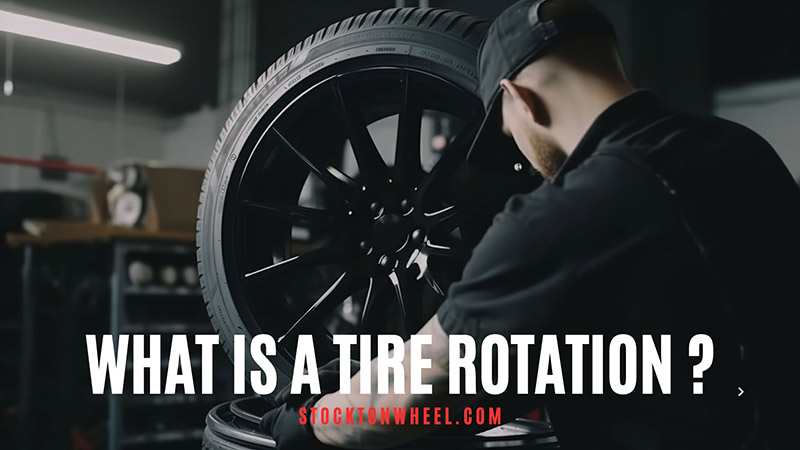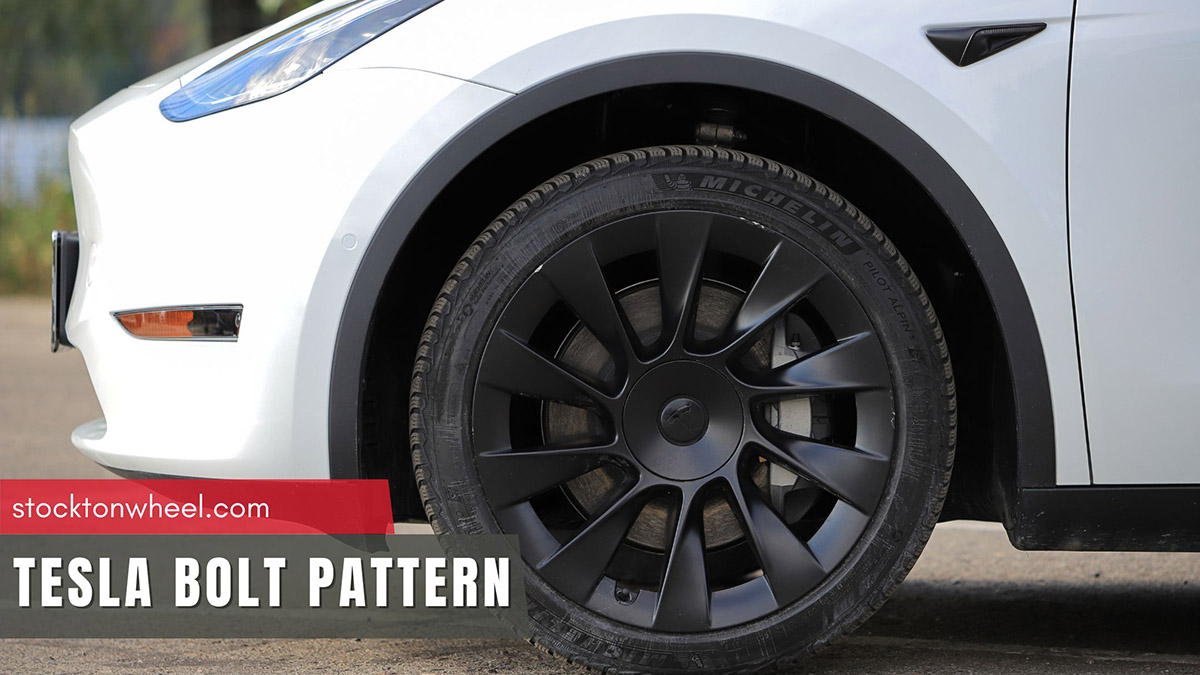The basic concept of regular tire rotation is straightforward: to switch the tires’ positions. How that affects the car’s performance and car control is another story that my team would like to cover.
In this insightful guide, you will find yourself understanding more about how to rotate tires, their recommended intervals and patterns, and more.
In this article:
What Does Rotating Tires Mean?
“Having tires rotated” simply means the tires are repositioned from one installation place to another. They can either be switched rear to front, right to left, or a combination of these two options in more complex patterns.
As such, the tread wear on all tires is evened out, leading to a more consistent tread depth. Aside from sidestepping premature wear, regular rotations also give drivers more critical insight into other potential issues (if any) and make necessary adjustments/preventive steps.

The Benefits of Tire Rotation
Reduced tire wear does not only benefit from an aesthetic viewpoint. Numerous practical advantages are tagged along with it:
Enhanced Braking
Frequent rotations, as previously mentioned, ensure similar tread depth levels for all four tires. As a result, the car’s braking performance enjoys more consistency and fewer risks of unevenness, especially for emergencies.
I once had to immediately pull my car to a stop to avoid potholes – within short notice of only 17-20 meters (at slow speed of 30 mph), which was a pipe dream before tire rotation. With improved braking performance, the endeavor ended on a bright note and left behind no damage.
Better Fuel Efficiency
Uneven wear does not have much promising influence on fuel efficiency; the extra rolling resistance and pressure it causes force your engine to work much harder and, thus, eat up more fuel.
That explains why regular rotation is a rule of thumb; optimal fuel economy will be properly promoted and maintained.
Improved Stability and Handling
Like how it affects the braking and fuel, uneven tires also worsen the car’s stability and handling. Switching the tires’ position ensures these performances stay consistent to help avoid unexpected risks, especially when maneuvering or cornering.
Better Ride Comfort
No one fancies all the bumps and shakes that often come with inconsistent tread patterns. Rotating tires is one of the most critical ways to bring about a more comfortable, smoother driving experience – an advantage one would always appreciate, whether for daily commutes or long trips.
Better Tire Lifespan
That should not come as a surprise. No premature wear equates to no early tire replacement, extending the tires’ overall shell life on the car.
To clarify: unless you stop using the car altogether, tear and wear are unavoidable. But rotations can slow down their development ten folds, giving you several more years to enjoy their performance.
Cost-Saving
A consistent and regular rotation schedule enables drivers to spot premature defects and wear before they spread out to other car compartments. Repair needs are either non-existent or demand very little money, saving you tons of bucks.
What Are The Recommended Tire Rotation Patterns?
1. RWD, FWD, AWD, or 4WD
Tire rotation is often subjected to three different patterns – depending on whether you use FWD (front-wheel drive vehicles), RWD (rear-wheel drive), or 4WD – 4×4 (four-wheel drive):
Forward Cross (Especially For Front Wheel Drive Tire Rotation)

Arguably the most common, forward cross patterns are highly recommended for FWDs; after all, it is the front axles that control your steering and braking system.
- Bring your front tires to the rear, keeping them on the same sides as before.
- Bring the rear tires to the front, crossing sides while you are at it. The rear tires now become the front, and vice versa.
X-Pattern

Also recommended for FWD vehicles, X-Pattern seems identical to Forward Cross at first glance.
However, there is a major difference: not only the rear tires, but even your front tires must cross sides, too. As such, the rear and front tires are diagonally exchanged.
Rearward Cross (Especially For All Wheel Drive & Rear Wheel Drive Tire Rotation)

Vehicles with AWD, 4WD, or RWD benefit the most from Rearward Cross, as the name suggests quite clearly. In essence, it is the direct opposite of Forward Cross:
- The back wheels go forward at the same sides as before
- The front tires go back while crossing sides (ex: the left front tire now becomes the right rear tire).
2. Directional versus. Non-Directional Tires
Vehicle models and drivetrains aside, you should also pick rotation patterns based on the tire treads: are they directional or not?
Simply look at the tire’s triangle, arrow, and sidewalls; certain tires are designed with one-way patterns (directional) meant only for one vehicle’s side. Therefore, crossing sides is out of the question.
Once determining whether the tires are directional, there are two possible scenarios:
- For directional tires: Switch the rear left and front left tires; rear right with front right. Their sides remain the same.
- For non-directional tires: With a more flexible design, a non-directional tire is up to any game. For optimal results, I suggest going with X-Pattern.
The Average Tire Rotation Cost

The cost of a tire rotation can range from $20 to $100, depending on the dealer, your location, and the type of vehicle you have.
How Often Should Tires Be Rotated?
5000 to 7000 miles should be the safest range for any vehicle model, though you should confirm with your vehicle manufacturer.
Too many rotations (say, every 2000 to 3000 miles) do not necessarily bring any significant harm to your car. It is just that they are a waste of both your time and money – since these endeavors do not result in any major difference in the car’s performance.
FAQs
What Is A 5-Tire Rotation Service?
Its essence and patterns are not different from the 4-tire rotation, except that a spare tire is now included. Unless your spare is full-size (relatively similar designs and functions to other tires), then a 5-tire rotation for cars with spare tires is not really needed.
What Happens If Tire Rotation Is Wrong?
Not only does it fail to slow down the tires’ wear rate, but your car also suffers from higher aquaplaning risks/ tire failure and produces extremely loud noises during driving.
Conclusion
Tire rotations do not have to be regular: every 5000 miles to 7000 miles is enough to keep uneven tire wear in check.
Rotation patterns do have a critical role, so ensure your tires are correctly swapped and mounted based on the tire patterns (directional or non-directional?) and drivetrain (FWD/ RWD/AWD/ 4WD). Ask me questions if you still have any left.








